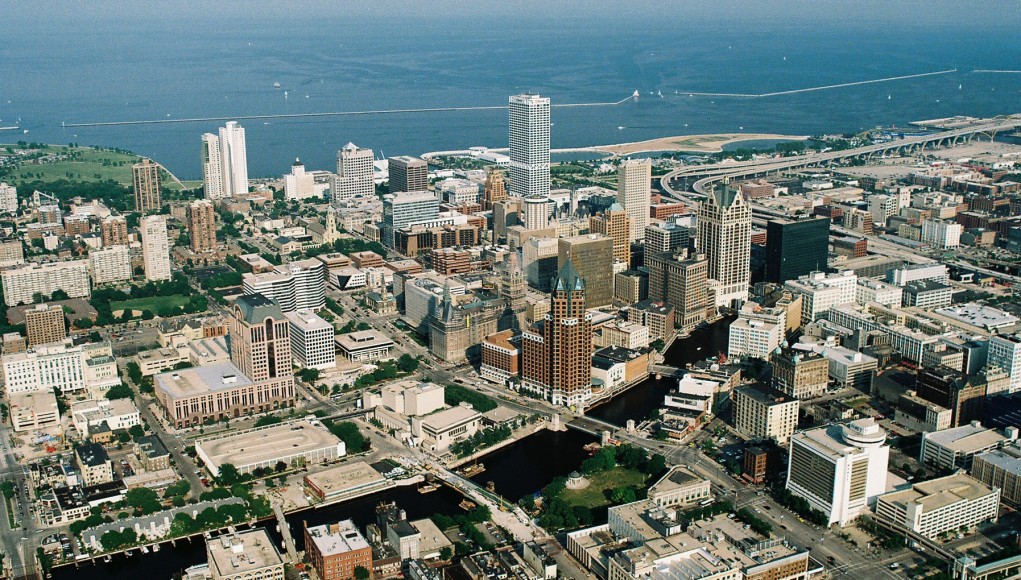A new national report shows that Milwaukee ranks 9th in the nation in the highest concentration of black poverty in the United States. The most recent data shows nearly 45 percent of African-Americans in the Milwaukee area are living in high poverty neighborhoods. That number was 38.7 percent in 2000.
Titled “Architecture of Segregation: Civil Unrest, the Concentration of Poverty, and Public Policy,” the study by the Century Foundation analyzed census data to look at changes in the concentration of poverty in metro areas across the U.S. The report focused on the specific issue of where poor people live and it found that those who live among other poor people are more likely to face challenges in education and employment.
According to the report, while the number and population of high-poverty neighborhoods have grown, most poor people — regardless of racial or ethnic group — do not live in high-poverty neighborhoods. Those who do have to shoulder the “double disadvantage” of having poverty-level family income while living in a neighborhood dominated by poor families and the social problems that follow.
The report also highlights the racial disparities that exist within this most impoverished section of the working class, noting that over one quarter of the black poor lives in a neighborhood of extreme poverty, compared to nearly one in six of the Hispanic poor and one in 13 of the white poor.
The increase in concentration of poverty was not limited to one region, although the Midwest was particularly hard hit.
The report went on to say that “we are witnessing a nationwide return of concentrated poverty that is racial in nature, and that this expansion and continued existence of high-poverty ghettos and barrios is no accident. These neighborhoods are not the value-free outcome of the impartial workings of the housing market. Rather, in large measure, they are the inevitable and predictable consequences of deliberate policy choices.
“To address the root causes of urban violence, police-community tensions, and the enduring legacy of racism, the genesis of urban slums and the forces that sustain them must be understood. As a first step in that direction, this report examines the trends in the population and characteristics of neighborhoods of extreme deprivation.”
Some of the key findings from the report include:
∎ There was a dramatic increase in the number of high-poverty neighborhoods.
∎ The number of people living in high-poverty ghettos, barrios, and slums has nearly doubled since 2000, rising from 7.2 million to 13.8 million.
∎ These increases were well under way before the Great Recession began.
∎ Poverty became more concentrated—more than one in four of the black poor and nearly one in six of the Hispanic poor lives in a neighborhood of extreme poverty, compared to one in thirteen of the white poor.
∎ To make matters worse, poor children are more likely to reside in high-poverty neighborhoods than poor adults.
∎ The fastest growth in black concentration of poverty (12.6 percentage points) since 2000 was not in the largest cities, but in metropolitan areas with 500,000 to 1 million persons.




























